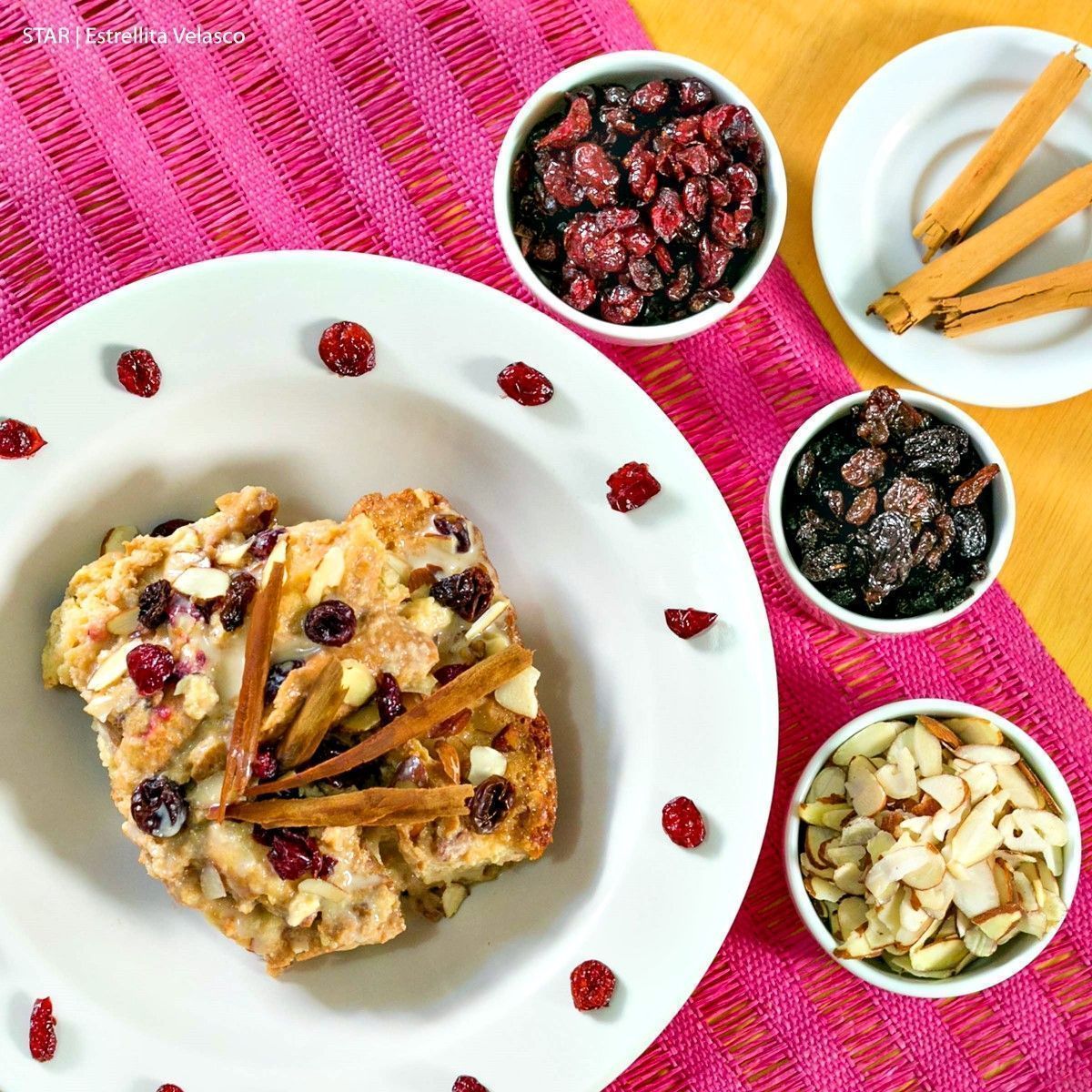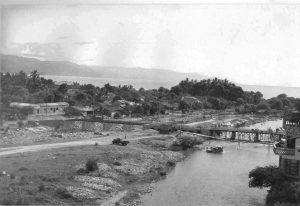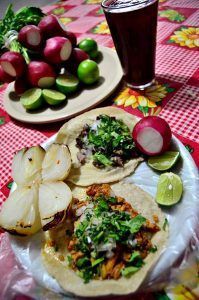Mexico continues to be a country marked by religion and its traditions. One of the dishes with a lot of history but not so famous (perhaps because of its temporality), is the vigil capirotada or Holy Week and Easter.
According to unknown Mexico: "The oldest version of this dessert can be seen in a copy of the book De re coquinaria, by Apicius, made towards the end of the 4th century and the beginning of the 5th." There, among the favorite stews and preparations of the Romans of those times, is the Sala Cattabia, which is said to be the antecedent of the capirotada.
However, in 1780, Fray Gerónimo de San Pelayo mentions in his cookbook that the capirotada without meat is one of the Lenten dishes. This version was generated during the middle of the 18th century, when there were food crises and meat shortages.
It is not known with certainty, but it has been suggested that this dish took its name from the cap that the monks used to wear during Holy Week processions. Said hat is defined as a huge cone with several overlaps or layers, that is; a hood. Hence, this delicious dessert bears the name of Capirotada and its consumption is generally reserved for this season.
Capirotada: Lenten dish
The dessert has undergone a large number of variants throughout history, until reaching what we know today as a sweet delight that we enjoy in its different versions depending on the area. There are Capirotadas made with fried bread and bathed in piloncillo honey, accompanied with Cotija cheese (a rather salty grated cheese), as well as raisins and peanuts, very similar to torrejas. There is also the version with Mexican sauce, yes, you read that right, brown sugar syrup accompanied with tomato, onion and cilantro.
The tapatía with its corresponding dulce de lechera, raisins, nuts and sometimes even colored pussies, which would be the closest thing to a bread pudding. In any of its versions you can find preparations worthy of licking your fingers, because this dish has records from Texas and New Mexico, to Guatemala and Belize.
My theory is that, as during the Lenten season, everyone decides the sacrifice they will make, in addition to not eating meat on Fridays; the capirotada becomes the grand prize for those sacrifices made.
Imagine how popular and liked the Capirotada is in our country, that in Ajijic, Jalisco, an entire event is dedicated to it with music, dances and contests. At the beginning of April, "La feria de la capirotada" was held, where they present the different styles of preparation and flavors, obviously being the most popular tapatío.
Fun fact about the capirotada
If the name is already rare, especially for foreigners, can you imagine that its meaning has very different connotations depending on the country or continent? For example in: America it means: Creole dish based on meat, roasted tender corn, cheese, butter and spices. In Spain: Dressing of eggs, garlic, herbs and other ingredients with which a food is coated or coated. In Mexico: Sweet that is prepared with pieces of white bread soaked in honey, grated cheese, peanuts, almonds, raisins and other ingredients.
In short, regardless of where you are, do not let this Holy Week and Easter pass without enjoying the delicious Capirotada in its different versions. Surely the one your granny makes will be one of your favorites. But if you are on vacation, you can find it in several restaurants in Puerto Vallarta, or Bahía de Banderas in a delicious version.
- Christmas flavors: food with a special touch - 26 December 2021
- Zarandeado Fish: the best Mexican dish in our bay - 13 May 2019
- Capirotada: at Holy Week and Easter an award for our palate - 22 April 2019





La Capirotada de Vallarta and its surroundings is a delight! My grandmother prepared it with golden white bread on the comal after finishing making her tortillas over low heat, she prepared the piloncillos honey, added cinnamon or about three cloves, added chopped tomato and onion. He put cold tortillas in a large clay pot and there he accommodated the bread and covered it with the sauce, including peanuts, nuts, chopped almonds, raisins, shredded cheese and covered it with a lid to the size of the pot and put it on to cook over low heat on your comal was delicious!